![固态磁性导论 [Magnetism in the Solid State An Introduction]](https://pic.windowsfront.com/11142976/rBEHZVDH9-YIAAAAAAe_uh8RmIUAADO5gJh8TUAB7_S314.jpg)

具体描述
内容简介
The present greatly enlarged version was mainly written during a sabbatical at the university of Uppsala during 2000. The aim of the book is to present a largely phenomenological introduction to the field of solid state magnetism at a relatively elementary level. The two basic concepts of magnetism in solids namely the localized and the delocalized description are presented as the extreme approaches. The true nature of magnetism lies, as often in life, somewhere in between, sometimes showing a tendency towards the more localized side, sometimes tending to the delocalized side. It is perhaps this mixing of concepts which makes magnetism appear complicated and difficult. Another source of confusion is the different language used by theoreticians and experimentalists. I have tried very hard to clarify these rather more semantic problems and to use a uniform nomenclature throughout the book. It is my belief and my experience that the approach presented here provides a useful introduction not only for the physicist, but also for the interested reader coming from fields like chenustry, electrical engineering or even geo-sciences. The mathematical concepts used are kept rather simple and hardly ever go beyond an undergraduate course in mathematics for physicists, chemists or engineering. Since the book emerged from a lecture course I have given at Vienna University of Technology for the last 15 years, the chapters in the book are not completely self-contained.The first-time reader is thus advised to read the chapters in the sequence that they appear in the book. It is my sincere hope that after having read this book the reader will agree that for once the Encyclopedia Brittanica is in error when it states Few subjects in, science are m,ore difficult to un,derstan,than magn.etism, (Encyclopedia Brittanica, 15th edition 1989).The present book does not attempt to cover the whole field of solid state magnetism, but tries to provide an overview by selecting special topics. The idea is to create an interest in this fascinating field in which quantum mechanics, thermodynamics and computer simulations join forces to explain "Magnetism in the Solid State".
内页插图
精彩书评
Since this book has been so well received by the scientific community that the first printing has been sold within three years, I was asked 'oy the publishers to produce an updated version for a second printing. I am grateful to all colleagues (mainly students) who reported typos, ambiguous or unclear formulations etc. I considered all of them seriously and thus made a number of changes, which I hope will improve the text.——Peter Mohn
目录
1. A Historical Introduction2. Consequences ofFermi Statistics
2.1 Quantum Statistics of Fermions
2.2 Free Energy of the Fermi Gas
3. Paramagnetism
4. Energy Bands in the Crystal
5. Experimental Basis of Ferromagnetism
5.1 Nickel Alloys
5.2 Iron Alloys
5.3 Palladium Alloys
5.4 Iron-Nickel Alloys
5.5 Effects of Strong Magnetic Fields
5.6 Effects of High Pressure
5.7 Effects of Finite Temperature
5.8 Susceptibility above Tc
5.8.1 Susceptibility of “Classical Spins”
5.9 Critical. Exponents
5.10 Neutron Diffraction
5.11 Further Experimental Methods
6. Weiss Molecular Field Model
6.1 Rhodes-Wohlfarth Plot
7. Heisenberg Model
7.1 Magnon Operators
7.2 Heisenberg Hamiltonian in Magnon Variables
7.3 Magnon Dispersion Relation
7.3.1 Specific Heat of Magnons
7.3.2 Ordering Temperature
7.4 Approximations for the Heisenberg Model
7.4.1 Ising Model
7.4.2 XY Model
7.4.3 Mean Field Solutions of the Heisenberg Model
8. Itinerant Electrons at O K
8.1 Pauli Susceptibility of the Itinerant Electrons
8.2 Susceptibility of the Interacting Itinerant Electrons
8.3 Non linear Effects
8.4 Effects of IIigh Fields at O K
8.4.1 Non-magnetic Limit
8.4.2 Strong Ferromagnets
8.4.3 Weak Ferromagnets
8.4.4 bcc Iron and hcp Cobalt
8.4.5 Extremely High Fields
8.4.6 Metamagnetism
8.5 Susceptibility of Paramagnetic Alloys
9. Band Gap Theory of Strong Ferromagnetism
9.1 Magnetism of Alloys
10. Magnetism and the Crystal Structure——Covalent Magnetism
10.1 Crystal Structure of Mn,Fe,Co,and Ni
10.2 Covalent Magnetism
10.3 Covalent Polarization
11. Magnetic Impurities in an Electron Gas
11.1 Impurity Potential in the Jellium
11.2 Strong Perturbations in the Jellium
11.3 Layer and Line Defects
11.4 Magnetic Impurities and Oscillations of the Magnetization
12. Itinerant Electrons at T〉O: A Historical Survey
12.1 Excitations at Low Temperatures
12.1.1 Strongly Ferromagnetic Systems
12.1.2 Weakly Ferromagnetic Systems
12.2 Stoner Theory for a Rectangular Band
12.3 Weak Excitations with ζ〈〈1
13. Hubbard Model
13.1 Beyond Hartree-Fock
14. Landau Theory for the Stoner Model
14.1 General Considerations
14.2 Application to the Stoner Model
15. Coupling Between Itinerant and Localized Moments
16. Origin of the Molecular Field
16.1 Heitler-London Theory for the Exchange Field
16.1.1 Magnetism of a Spin Cluster
16.1.2 Spinwaves for Localized Electrons
17. Exchange and Correlation in Metals
17.1 Free Electron Gas
17.2 Tightly Bound Electrons
18. Spin Fluctuations
18.1 Fluctuations of a Thermodynamical Variable
18.2 Fluctuations of the Magnetic Moment
18.3 Specific Heat of the Spin Fluctuations
18.4 Magneto-Volume Coupling
18.5 Applications of the Spin Fluctuation Model
18.6 Comparing the Spin-Fluctuation and the Stoner-Model
19. Single Particle Excitations Versus Spin Waves
20. Landau-Ginzburg Model for Spin Fluctuations
21. Conclusion and Lookout
A. Appendices
A. Convexity Property of the Free Energy
B. Derivation of the Coefficient a in (3.17)
C. Quenching of the Orbital Momentum
D. Properties of “Classical” Spins
E. Derivation of the Constant c in (8.24)
F. Ornstein-Zernicke Extension
G. Bogoliubov-Peierls-Feynman Inequality
H. The Factor 2 in Equation (7.27)
I. Hund‘s Rules
J. Polynomial Coefficients in (18.12)
K. Conversion Between Magnetic Units
References
Index
前言/序言
用户评价
我之前在一些科普读物中接触过一些关于磁性的基础知识,但总觉得碎片化,缺乏系统性。这次选择《固态磁性导论》,正是希望能够建立起一个完整的知识框架。我尤其对不同磁性材料的微观机制和宏观表现之间的联系感兴趣。为什么有些材料会表现出强烈的磁性,而有些则几乎没有?这些磁性行为是如何在原子层面产生的?又如何在大块材料中表现出来?这本书能否详细解释这些问题,例如通过介绍电子自旋、磁矩、磁畴等概念,并说明它们是如何相互作用的,最终决定了材料的磁性特点,这是我非常期待的。
评分拿到这本书的时候,我首先被它朴实的封面设计所吸引。没有花哨的插图,也没有浮夸的字体,只有清晰的书名和作者信息,散发出一种沉静而专业的学术气息。我个人比较喜欢这种风格,觉得这样的书籍往往内容更为扎实,更能让人安心地去学习。虽然我还没有深入阅读其中的每一个章节,但我扫视了一下目录,发现它涵盖了磁性的基本概念、晶体结构与磁性、不同类型的磁性材料(如铁磁性、反铁磁性、亚铁磁性等)以及磁性在现代科技中的应用。这些内容听起来就非常吸引人,特别是“磁性在现代科技中的应用”这一部分,我非常期待能够了解到磁性材料如何在我们的生活中发挥作用,比如在医疗成像、数据存储、传感器技术等方面。
评分作为一名对前沿科技充满热情的研究者,我一直在关注磁性材料在各个领域的最新进展。我希望《固态磁性导论》不仅仅停留在基础理论的讲解,更能触及一些现代磁性研究的热点和挑战。例如,新型磁性材料的设计与合成、自旋电子学的发展、拓扑磁性材料的研究等。如果书中能够适当地介绍这些前沿课题,并给出一些未来发展方向的展望,那将极大地提升这本书的价值。我期待它能帮助我更好地理解当前的研究动态,甚至激发我自己的研究灵感。
评分对于我这样一个非专业读者来说,学习一门新的科学领域,最担心的问题莫过于语言的晦涩难懂。物理学,尤其是涉及到固态物理和量子力学的内容,常常让初学者望而却步。我希望《固态磁性导论》能够用一种相对易于理解的方式来介绍复杂的概念。我期待书中能够有清晰的图示和生动的类比,帮助我把握那些抽象的物理原理。如果书中还能提供一些经典的实验介绍,或者发展史的脉络,那将更加理想。毕竟,了解一个知识点是如何被发现和发展起来的,往往比单纯记住概念更能加深理解。我希望这本书能够成为我进入固态磁性世界的一扇友好之门,而不是一道难以逾越的高墙。
评分这本书的书名叫做《固态磁性导论 [Magnetism in the Solid State An Introduction]》,我最近刚拿到这本书,迫不及待地翻阅起来。虽然我并不是一个科班出身的物理专业人士,但对事物背后的原理总是有着强烈的好奇心,尤其是关于磁性的那些神秘而又普遍的现象。我一直觉得,磁铁之所以能吸引金属,甚至在宇宙中扮演着如此重要的角色,背后一定蕴含着深刻的物理规律。这本书的书名恰好触动了我的兴趣点,固态磁性,听起来就充满了科学的严谨和探索的魅力。我希望它能为我揭开这层神秘的面纱,让我理解那些我们日常生活中习以为常的磁性现象,比如指南针为什么总是指向北方,比如硬盘里数据的存储方式,乃至更宏大的天体磁场。
相关图书
本站所有内容均为互联网搜索引擎提供的公开搜索信息,本站不存储任何数据与内容,任何内容与数据均与本站无关,如有需要请联系相关搜索引擎包括但不限于百度,google,bing,sogou 等
© 2025 book.coffeedeals.club All Rights Reserved. 静流书站 版权所有


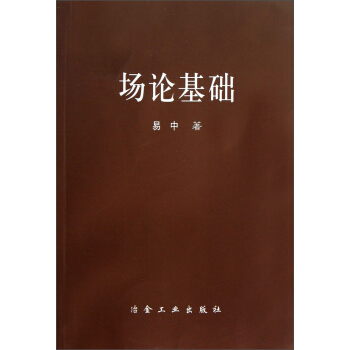
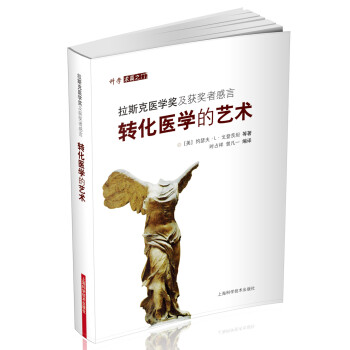


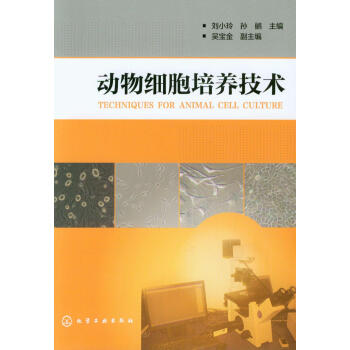
![沉积盆地分析基础/普通高等教育“十一五”国家级规划教材 [Principles of Sedimentary Basin Analysis] pdf epub mobi 电子书 下载](https://pic.windowsfront.com/11365290/rBEhWlKiuaAIAAAAAA2BAdiv31gAAGdvwMN2pYADYEZ348.jpg)
![高分辨率微波成像 [High Resolution Microwave Imaging] pdf epub mobi 电子书 下载](https://pic.windowsfront.com/11388018/rBEhU1LoXZcIAAAAAAJTbOxyyQQAAIRSQIkEgkAAlOE746.jpg)
![全球气候变化谈判历程与焦点 [The Focuses and Process of Global Climate Change Negotiations] pdf epub mobi 电子书 下载](https://pic.windowsfront.com/11393377/rBEhUlLoXaIIAAAAAAIiIx-tM9AAAIRSgCjj5UAAiI7429.jpg)

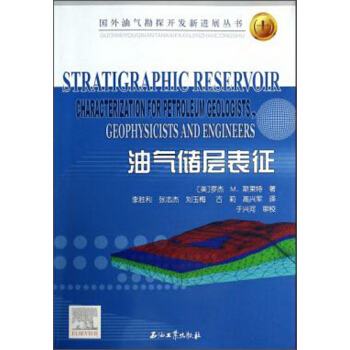

![塞伯格-威顿方程及其在光滑四流形拓扑中的应用(英文版) [The Seiberg-Witten Equations and Applications to the Topology of Smooth Four-Manifolds] pdf epub mobi 电子书 下载](https://pic.windowsfront.com/11419294/rBEhVVMfqukIAAAAAAI7VIsuBrcAAKAVgE0p_EAAjts223.jpg)
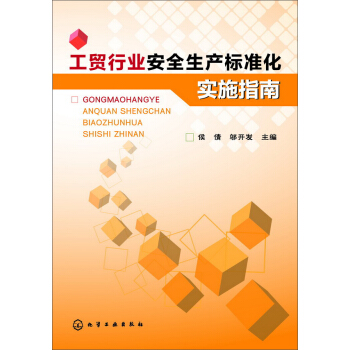
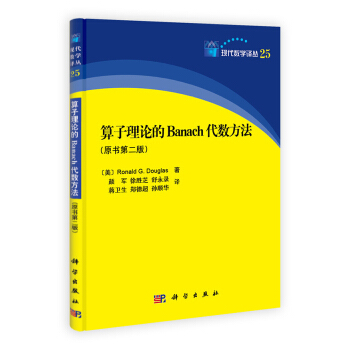
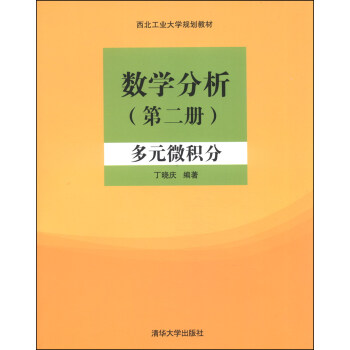
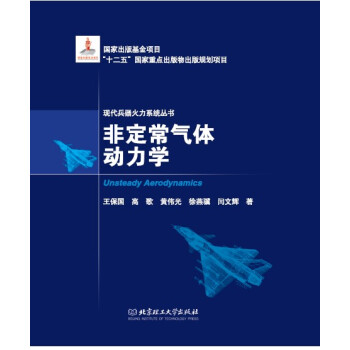


![北京山地植物学野外实习手册/首都高校生物学野外实习教材 [Field-practice Handbook for Mountain Botany in Beijing] pdf epub mobi 电子书 下载](https://pic.windowsfront.com/11488242/564150e9Nbe81795a.jpg)